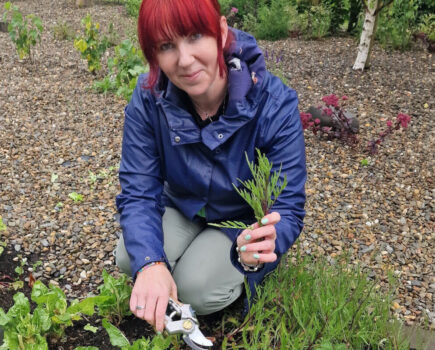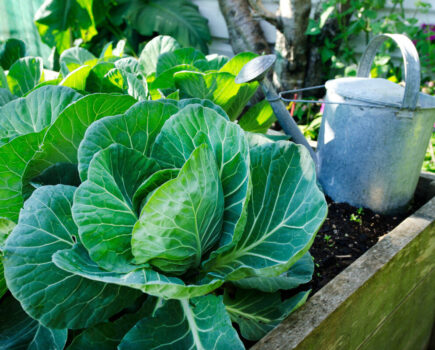How to attract natural pest control allies
There’s a garden centre near to where I live which I occasionally frequent as they have a nice range of plants, are very friendly, and it’s so local. It’s not my favourite local garden centre mind you, but I’m not naming names as I’m keen to support all of them where I can.
What I will say is that I’m always so shocked, yet slightly intrigued, by the sheer volume of pest control products they have on sale as I walk through the door. I try not to look each time but they have a whole long shelving rack full of them, bottle upon box upon jar of creature blasters.
I’ve always gardened organically because that’s just what made sense to me, so what draws me over to those shelves is curiosity as to why there are so many of these products out there, and the sheer expense of it all. I can’t help but look at the pictures and pricing, because it’s so confusing to me when I know that you can garden without having to use any chemical intervention at all.
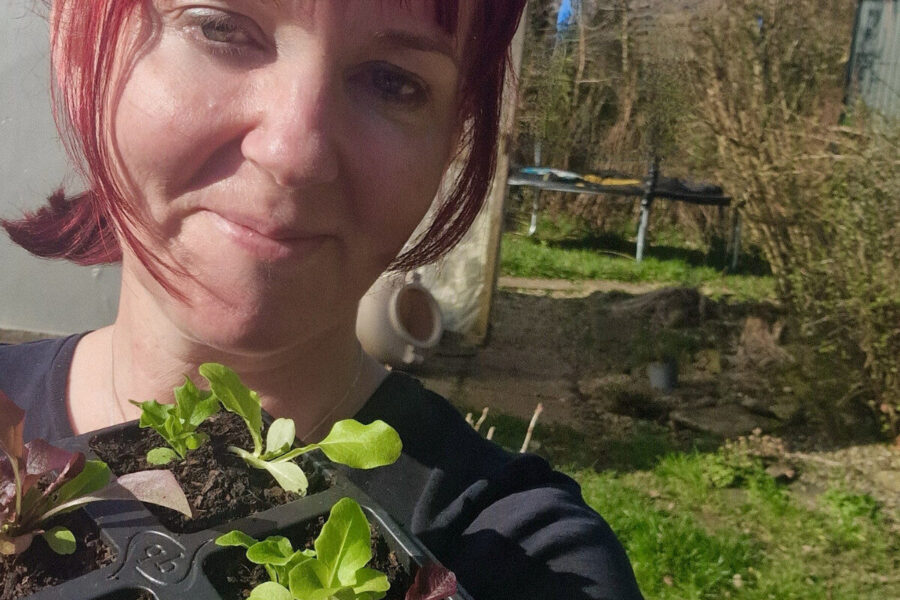
Yes, there are lots of positive, natural products on the market, and it’s not like there won’t be issues with some plants being damaged and problematic critters sometimes getting out of control. Even when you have a good biodiverse balance in your garden, some weather conditions will enable slugs, for example, to slime forth and prosper. Last year’s cold, wet summer was a perfect case in point, but there are lots of things you can do to help, and not using chemicals and boosting biodiversity will help create a more resilient and enjoyable outside space to be in.
What we want is a garden that is truly alive and buzzing and where so-called ‘pests’ have a greater chance to become useful (and better controlled) as food for something else. So here are some ideas to help you on your merry money-saving way:
Embrace mixed planting
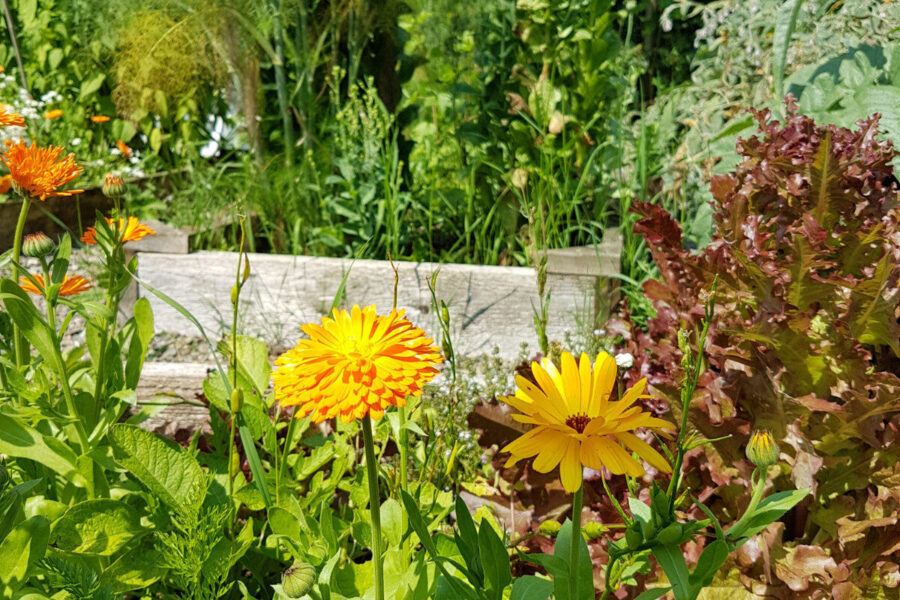
Andrew Oldham talks about the benefits of good companion planting in his column on P42 where some flowers (calendula, nasturtium et al) grown mixed in with edibles will help draw in pollinators and boost biodiversity.
Additionally, the same goes the other way round, where edibles can be weaved into flower beds and borders to help bring extra food to the table. Also, the more you create a layered, mixed selection of plants and produce, the better it is from a natural pest control perspective. There’s no quick fix here of course, but a block of carrots or cabbages is much more vulnerable to attack than produce which is planted here and there among taller, scented, coloured specimens of flower, herb or plant. This web of different planting makes it much harder for a creature to find what they are looking for, or for disease to spread from vulnerable plant to plant so easily.
It can be a little like a blank canvas starting this way and to avoid ‘gardeners block’ not knowing where to start, alternate rows of crops and flowers, or space plants from the same family further apart with another edible in between. Also, ground cover plants can really help until you get into the swing of what works for you and the way you like to garden.
Mixed planting step by step
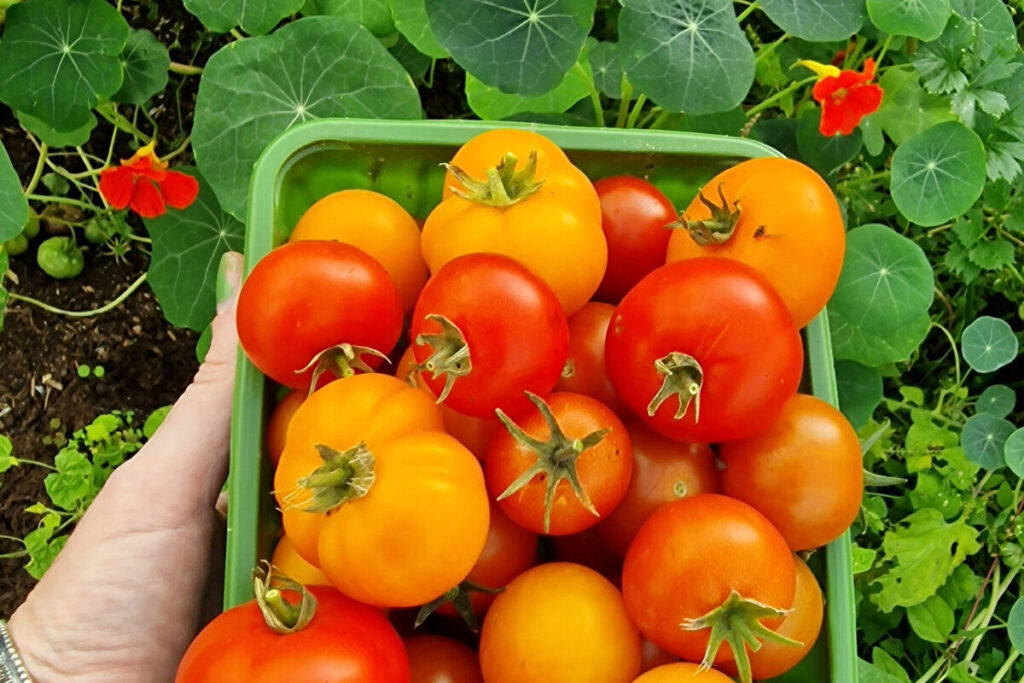
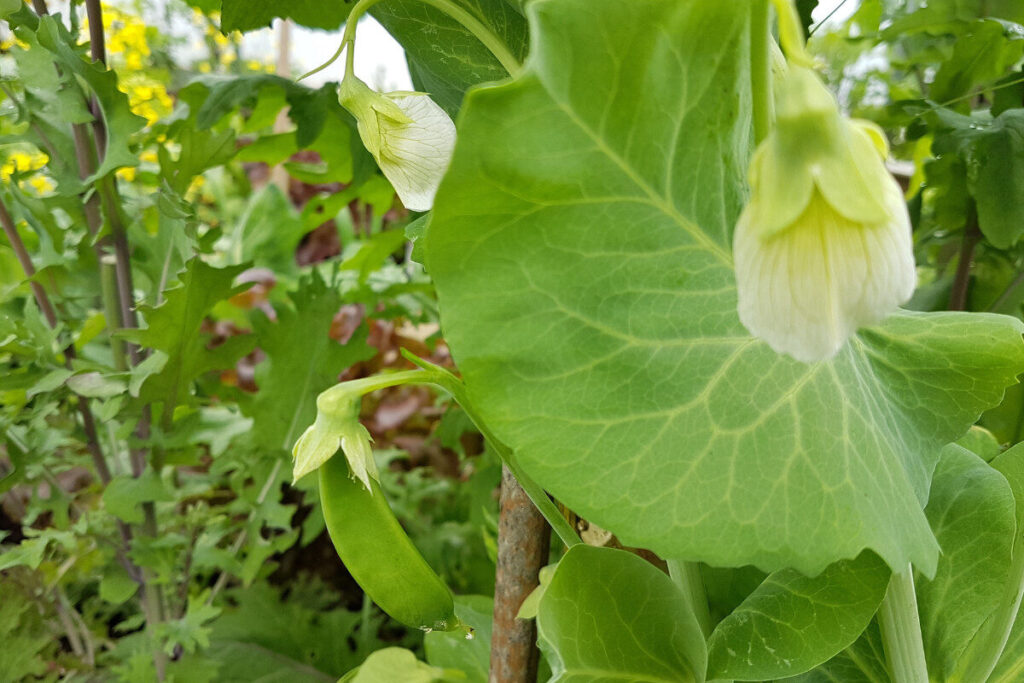
-I tend to plant a brassica by a legume (pea or bean)
-I then leave about 2m (7ft) between tomatoes and potatoes
-I then mix in other crops depending on what I have to hand to fill the gaps
– The only exception is sweetcorn which as it’s open pollinated needs to be planted together in blocks, with maybe a ground cover winter squash in between. Strawberries also benefit from being planted together for ease of picking.
Embrace herbs and ground cover plants
I try to cover the ground entirely as the season progresses to help protect the soil from drying out too quickly, and this provides good cover for many garden allies (aka predators) such as spiders, ground beetles and so forth.
Fennel (bronze or Florence) is growing throughout the garden, as are a range of flowering herbs such as thyme, marjoram, chive and parsley (which blooms in its second year) to help draw in ladybirds, lacewings and hoverflies who all play their part. The scent also helps confuse some potential pests such as carrot fly and cabbage white butterfly.
Seed save and let some crops flower and set seed
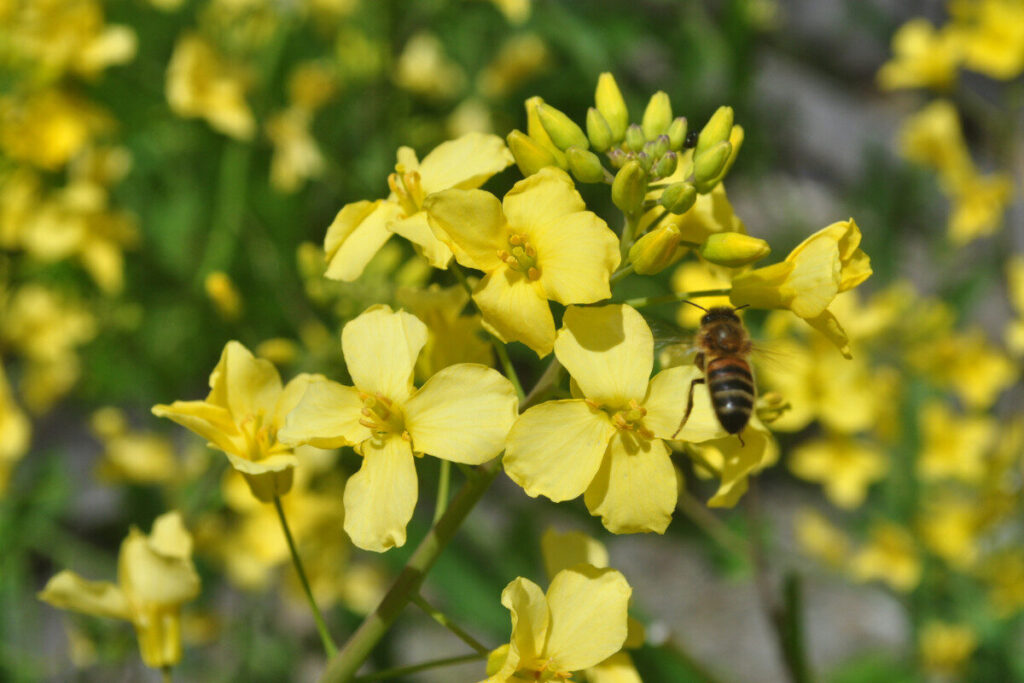

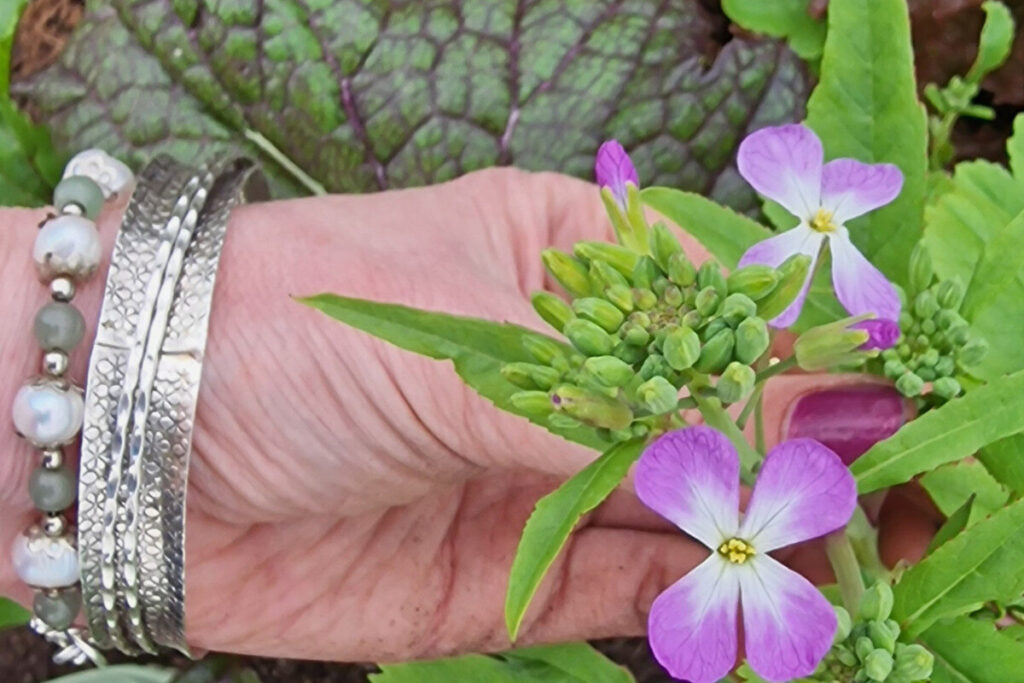
I allow further crops of each variety to grow on and flower, so brassicas bloom early in the season before I cut back plants, a few leeks, carrots and parsnips from the previous year produce the most stunning blooms which draw in many pollinators and wasps, which very helpfully eat aphid and blackflies.
Consider using stone and gravel
Gravel pathways can provide a useful barrier to slugs and snails. They do not like it one bit so used in areas of your garden where plants need more protection, this can be a real aid.
Also, gravel itself is popular with many smaller garden spiders and beetles such as wolf spiders and earwigs which are brilliant natural predators.
Stone also works well in this way, and can prove popular with newts and small frogs because it provides some shelter. If slugs are an issue then do check the ground first before planting out. You could perhaps use a large stone to create an attractive habit for slugs – they congregate underneath, which aids their removal at this time of year.
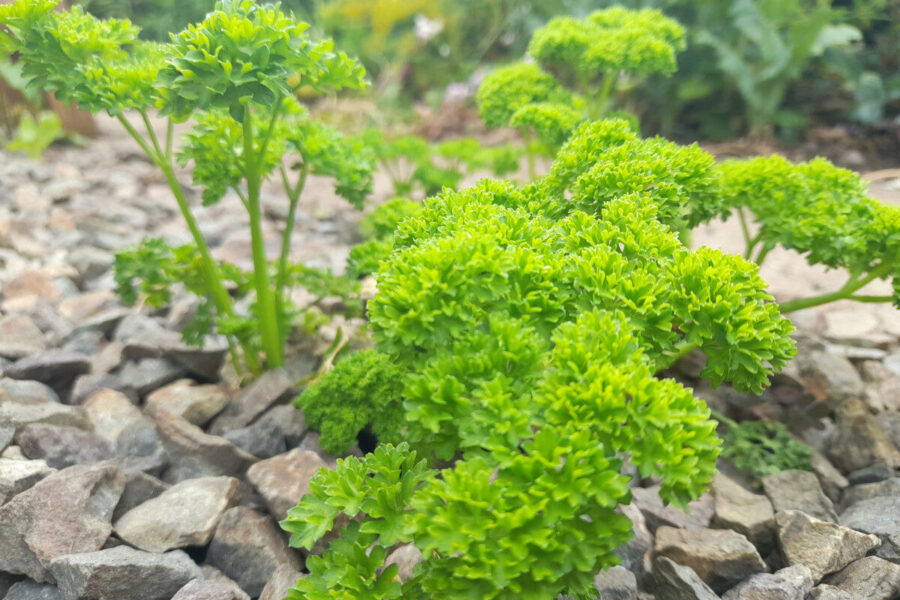
Grow a little wild
Otherwise, a few wilder corners with some weeds, long grass and hiding spaces can work wonders for encouraging the natural world in. A bug hotel can just be a pile of leaves or wood, it doesn’t have to be fancy at all. Do try and create a small source of water as well for birds, amphibians and other garden inhabitants where you can.
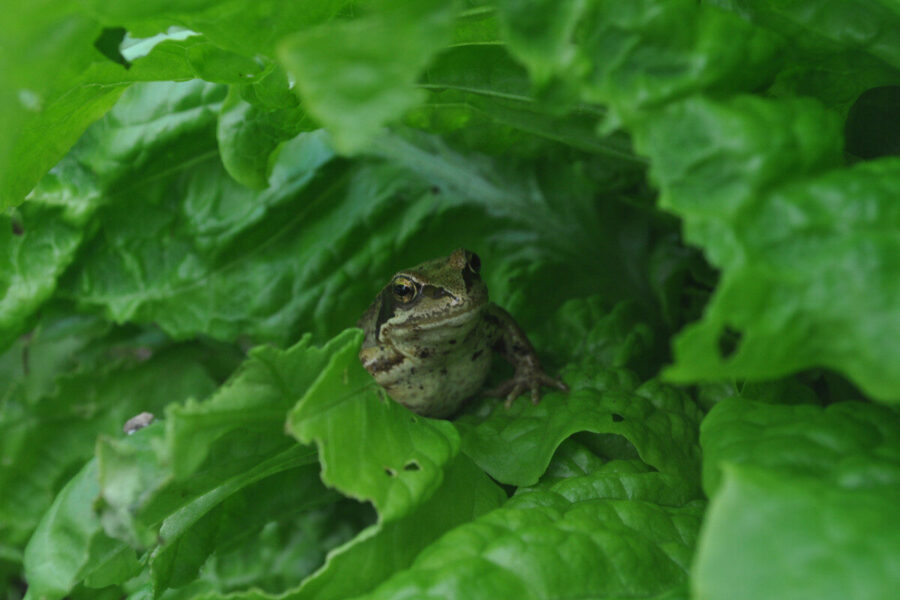
Think longer-lasting planting
The deeper the roots your plants can grow, the more resilient to attack they are likely to be, so perennial varieties of crop are always going to help your garden grow. Leaving crops in for longer and utilising greater pick-and-come-again opportunities also helps.
Think biodiversity of planting and soil.
The more varieties of plant you have growing, the better the balance can be in your garden. Making your soil and, in turn, your plants the healthiest they can be through techniques such as no-dig and mulching will make plants more able to stand firm against pests in the first place.

Finally, don’t panic when you see a pest.
We have become a little pre-conditioned to treat all unsightly creatures as foes. Just have a look to begin with and see if said pest is causing an issue. If it’s doing obvious damage then yes, it needs to be removed, but some creatures are useful in balance and are probably a potential food for something else.
The more you look, the more you see and the greater your understanding will be, and you can have a great deal of fun in the process by tuning into the wonder of the natural world around you!
Find more tips, advice and articles like this at the Amateur Gardening website. Subscribe to Amateur Gardening magazine now


